Stoke Park Estate is a gorgeous green space, located in Bristol, which sits beside the M32. It’s particularly known for the iconic yellow house that sits on a hill overlooking the rest of the park. This house, known as the ‘Dower House’, is a Grade II listed building.
The park, which is 270 acres, has a fishing lake, an all-weather accessible path and different woodland areas for you to explore. Stoke Park Estate also has lots of intriguing history behind it.
The history behind the house
The Dower House is one of Bristol’s most recognisable features. The house was built by Richard Berkeley in 1563, although it wasn’t known as the Dower House back then. Sir Richard served as an MP in parliament and earned his knighthood in 1568, during the reign of Queen Elizabeth I.
The house was passed down through the family and then rebuilt by Norborne Berkeley, with the help of English architect and garden designer Thomas Wright. It was kept in the same location that Richard Berkeley built it, the iconic hill you see it on today. Norborne and Wright also worked on remodelling the gardens and landscaping of Stoke Park Estate.
Norborne left for America in 1768 to avoid his debt in England and was appointed Governor of Virginia. He died in Williamsburg in 1770, and after his death, the house was passed on to his widowed sister, Elizabeth Somerset, the Duchess of Beaufort. After Elizabeth’s death, the house stayed in the Beaufort family and was used as the residence for widows of the dukes of Beaufort. This is where the house gets its name, as a ‘Dower House’ refers to a house held by a widow which was part of her late husband’s property.
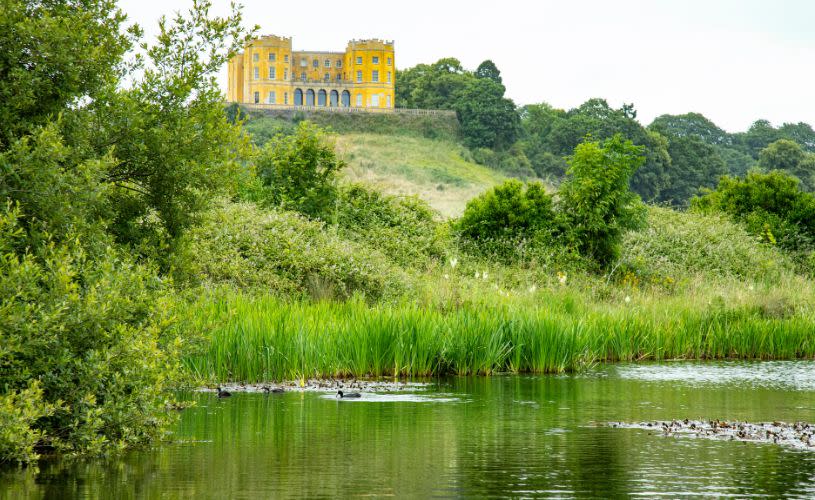
Image - Duchess Pond at Stoke Park Estate © Bristol City Council
The Beaufort ownership of the house ended when it was sold in the early 20th century and used as a hospital for both adults and children with learning disabilities. This hospital was founded by the Reverend Harold Nelson Burden, a chaplain at Horfield Prison, and his wife Katharine Mary Burden.
The Stoke Park Hospital was originally known as Stoke Park Colony. It was the first certified institution that cared for people with mental disorders in Britain, post the publication of the Mental Deficiency Act in 1913.
The hospital was taken over by the NHS in 1948; however, conditions within the hospital became poor over time. The hospital was eventually closed, with the last patients removed in 1985, and the official closing was in 1997. Dower House was sold and converted into private flats in the early 2000s, which are still in use today.
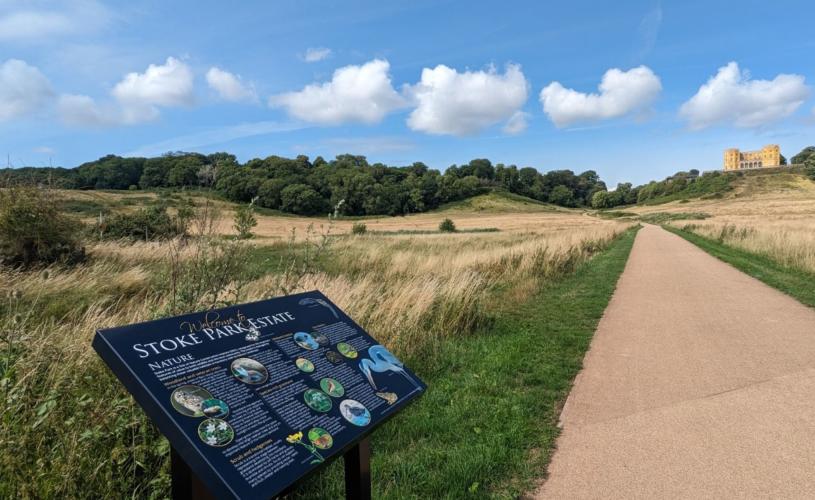
Image - Stoke Park Estate. © Bristol City Council
Historic features of the parkland
The Obelisk on Star Hill
Stoke Park Estate does come with a sad tale. Norborne’s niece, Elizabeth, tragically died on the estate after falling from her horse in 1760. An obelisk dedicated to her was constructed shortly after her death and can still be seen on Star Hill. However, it’s not in its original condition due to being struck by lightning twice.
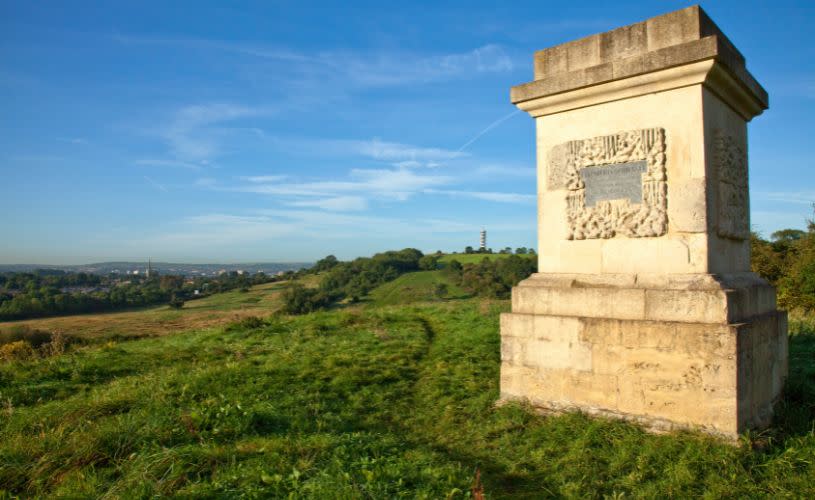
Image - Obelisk at Stoke Park Estate. © Bristol City Council
Clock Tower
Hidden behind the Dower House stands a clock tower built in the 1930s. This clock tower was built as a memorial to the Reverend Harold Nelson Burden and his second wife, Rosa Burden, after their work for the Stoke Park Colony.
WW2 gun emplacements on Purdown
During World War II, Bristol was a target for bombing due to its harbour and the Bristol Aeroplane Company. These gun emplacements located on Purdown Ridge, which were manned by the Royal Artillery Regiment, are evidence of Bristol’s participation in World War II.
The structure originally held mobile anti-aircraft guns in 1939. However, in June 1940, it became a permanent concrete battery. The original features of the structure included octagonal gun emplacements, blast walls and shelters and integral ammunition bays. There was also a command post.
Purdown BT Tower
You may have seen the tower within Stoke Park that stands at 70.1 metres tall. This is the Purdown BT tower, a recognisable feature of Bristol. It was built in 1970 and originally used for the British Telecom microwave network. Although it no longer has the same use today, it’s still owned by BT and used to transmit radio and mobile phone coverage.
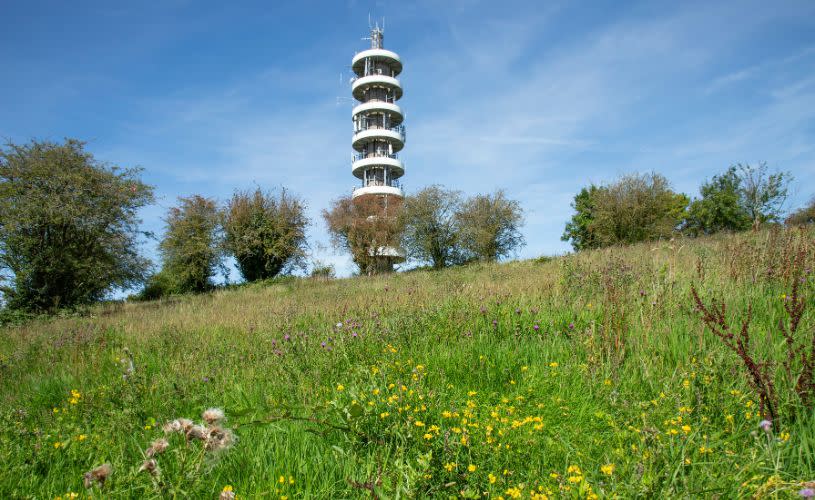
Image - Purdown BT Tower. © Bristol City Council
Dew ponds
Within the Stoke Park green space, there are some dew ponds. This includes the ‘pale plantation pond’ and the ‘lower newt pond’. Both ponds were part of the plans made for the estate’s landscape by Thomas Wright.
Although these two ponds share similarities in their cobblestone outline and historical past, they are visibly different in shape. The pale plantation pond is the typical saucer shape for a dew pond. However, the lower newt pond is a semi-circle, making it unique.
Restoration work was started for both these ponds by the Stoke Park Community Group. Over a thousand hours of work went into restoring the pale plantation pond, which was completed in October 2023. The restoration work for the newt pond, which began in 2023, is still ongoing, and recently the Stoke Park restoration community group was awarded funding from the Bristol Avon catchment partnership to continue restoration of the pond.
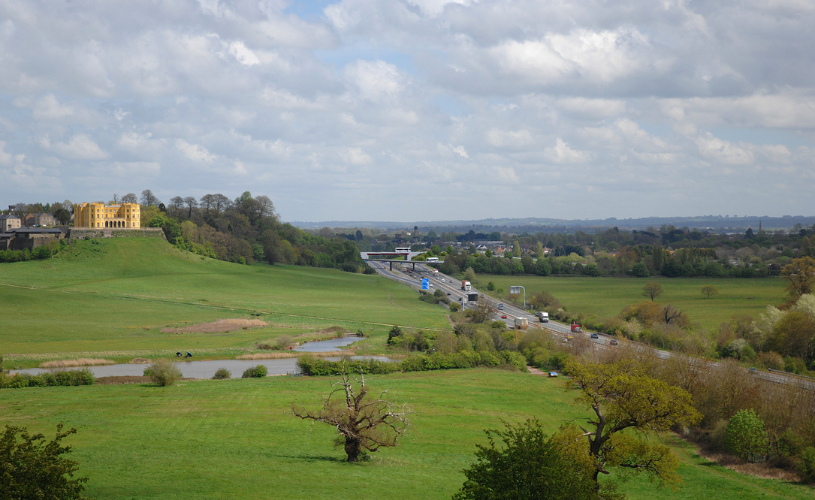
Image - Stoke Park Estate
Walks and enjoying the park
If you fancy exploring Stoke Park for yourself, check out the different walks you can take. These three walks include route descriptions and some more historical facts about the park. There’s also a sculpture trail map and an activity sheet for kids.
When you are walking in the park, keep a lookout for the goats grazing. They were reintroduced to Stoke Park in February 2023 for the purpose of grazing the scrub around the Purdown gun battery. You can learn about this on the Bristol City Council website. The goats are looked after by the organisation Street Goat, and if you’re keen on volunteering with the goats, you can contact Street Goat via their website.
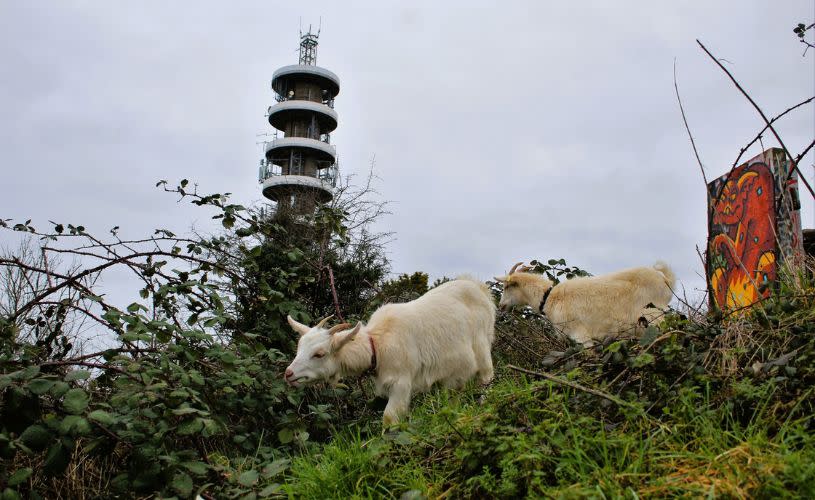
Image - Goats grazing at Stoke Park Estate. © Bristol City Council
Enjoy your adventures in Stoke Park Estate! Make sure to tag us and include #VisitBristol in any of your Stoke Park photos to possibly be featured on our socials.





